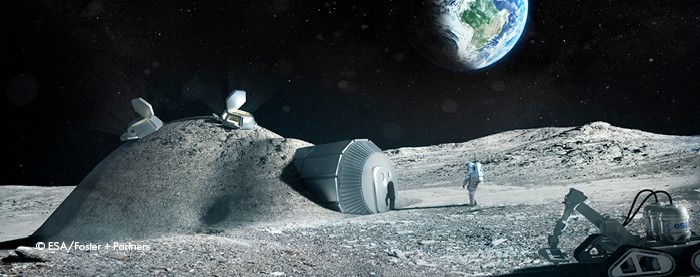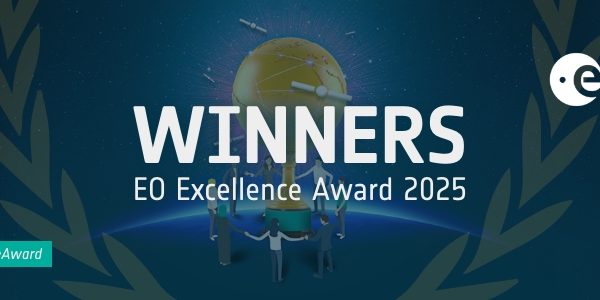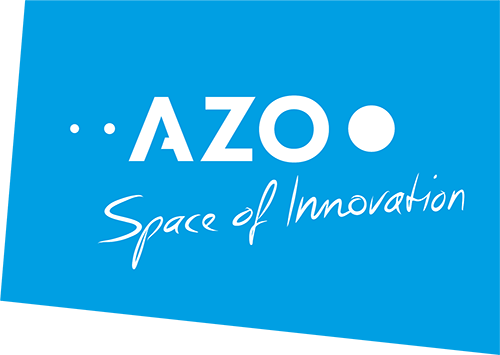Building Above: How does in-space manufacturing shape sustainable solutions? What about spacecraft built in space for space exploration activities? Why would that make sense, and how can it be achieved? This is not space enthusiasts fantasising, this is a serious development considered in the space sector, and for very good reasons.
In-Space Manufacturing Benefits for Space and Earth
Additive Manufacturing is already a proven technique in space on-board the International Space Station (ISS). Thus far a 3D printer has been used to print medical supplies, as well as tools for the space station itself, and to experiment with various kinds of plastics to use in space. Why produce in space? Because this means building next level products, developing innovative applications for space AND creating benefits on Earth, based on totally different materials properties not possible under Earth’s gravity but in microgravity! This is happening today. But what about spacecraft (probes and orbiters) built in space for space exploration?
Manufacturing in micro-gravity in space or under Moon (0.16g)/Mars (0.38g)-gravity will allow to build differently than on planet Earth under 1g. How thrilling might spacecraft look like, when freed from the restrictions of sustaining extreme launch stress? In combination with bionic design, spacecraft like probes and orbiters produced in space can also be built with different materials, using additive manufacturing. Coatings can enable parts to become heat resistant – without the need for the base-material of the part to be heat resistant itself. Moreover, coatings can allow sustainable In-Situ Resource Utilisation (ISRU) on the Moon and beyond: Using local matter as base material, and bringing along specialty coatings from Earth. In a similar way, such performance materials could be added to in-situ resources used for additive manufacturing, equipping them with desired characteristics.
Environmentally Friendly Plastics Made in Space
Developing new performance materials for space will also lead to use on our planet: Building heat resistance coatings unlocks new potential for additive manufacturing on Earth as well. A cheap plastic filament can be used as base material, while the coating creates the heat resistant characteristics.
Speaking of plastics: Environmentally friendly types, such as bioplastics, biodegradable plastics and recycled plastics are of high interest. This can’t be emphasised enough, especially in the context of the 17 UN Sustainable Development Goals (SDGs). Our home planet and oceans are already way too burdened with marine litter mainly consisting of plastics and micro plastics. For that reason, we have to think and act in a sustainable manner on Earth and in space alike. Printing materials like carbon, ceramics, or titan is already state-of-the-art today. So why shouldn’t manufacturing environmentally friendly plastics in space be possible? Adding characteristics through additives or coatings will enhance the 3D printing portfolio, and at the same time help to save valuable resources on Earth and in space. And given the developments above and the approaches already existing or in the making, what should stand in the way?
Your Business Idea Can Shape Sustainability in Space and on Earth
These kind of forward-thinking developments and respective business ideas are exactly what the Space Exploration Masters is looking for. More precisely, the innovation competition’s Sustainable Exploration Prize by Airbus Defence and Space & Merck KGaA, Darmstadt, Germany, aims at closing the loop. Driving sustainability in space is key to survival in space and realising new business cases.
Have a look at all the topic-specific challenges: www.space-exploration-masters.com/#prize-categories
Here’s one more notion to trigger some inspiration: Recently collected scientific data from ISRO’s (India) Chandrayaan-1 mission found the Moon probably contains more water than originally expected*. Doesn’t that sound exciting? It sure does when you think of refueling rockets for deep-space missions with hydrogen and oxygen from water electrolysis, or possibly also of electro thermal propulsion systems for CubeSat-sized or smaller spacecraft using water itself as an alternative propellant – not unlike a steam engine for space. If you then get carried away and think about placing the manufacturing of payloads onto the Moon surface or in an orbit around it, a massive reduction of mass to be launched from Earth could be achieved, in addition to the already saved large amounts of propellant normally needed for rockets for long-distance travels.
About the Space Exploration Masters
In 2017, AZO has launched the Space Exploration Masters on behalf of the European Space Agency (ESA) and in line with the goals of the ESA Space Exploration Strategy, in cooperation with strong world-class partners. The Space Exploration Masters is an international competition to identify best technology transfer business successes, as well as to empower and foster business innovation around space exploration activities in Low Earth Orbit (LEO), on the Moon, Mars, or beyond – for the benefit of society and Earth.
*Source: http://www.nature.com/ngeo/journal/vaop/ncurrent/full/ngeo2993.html





